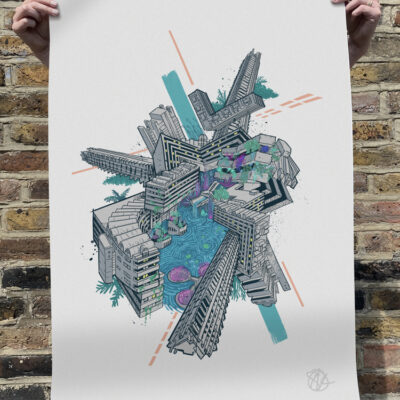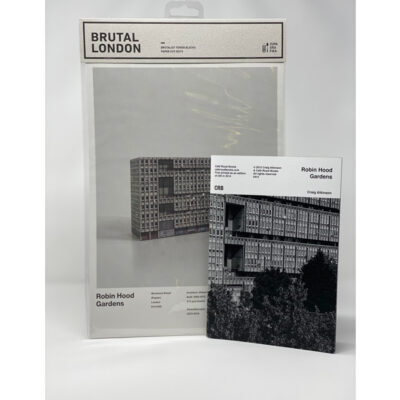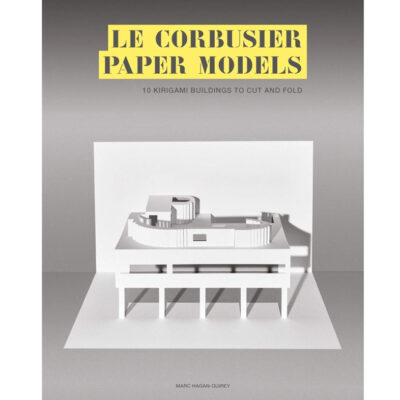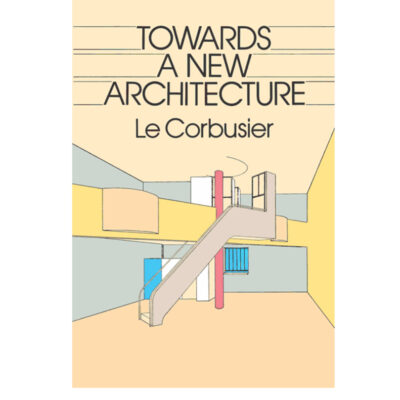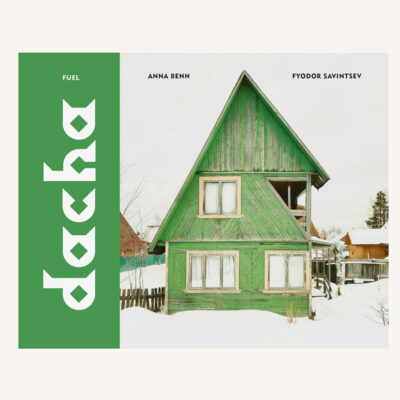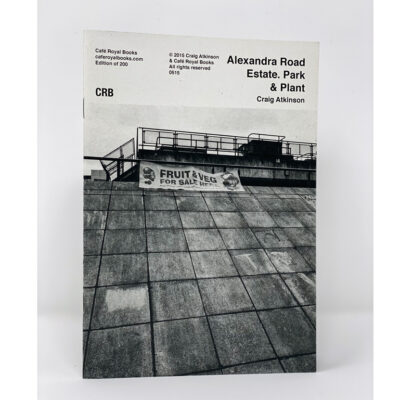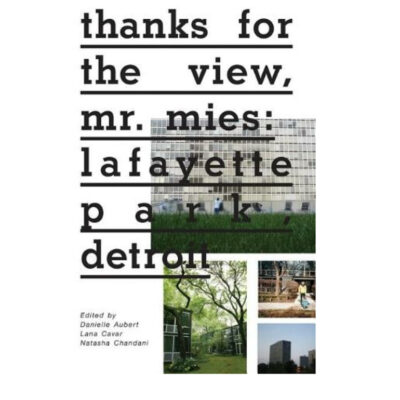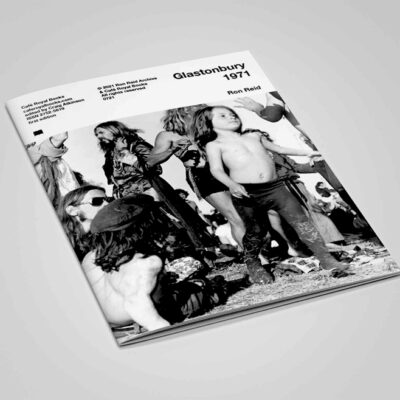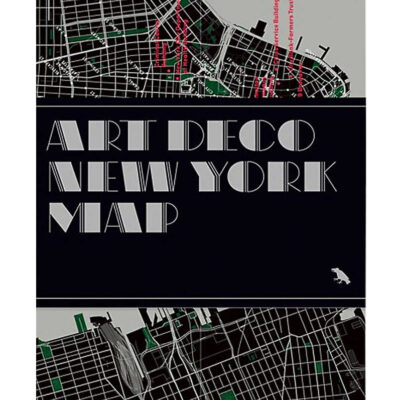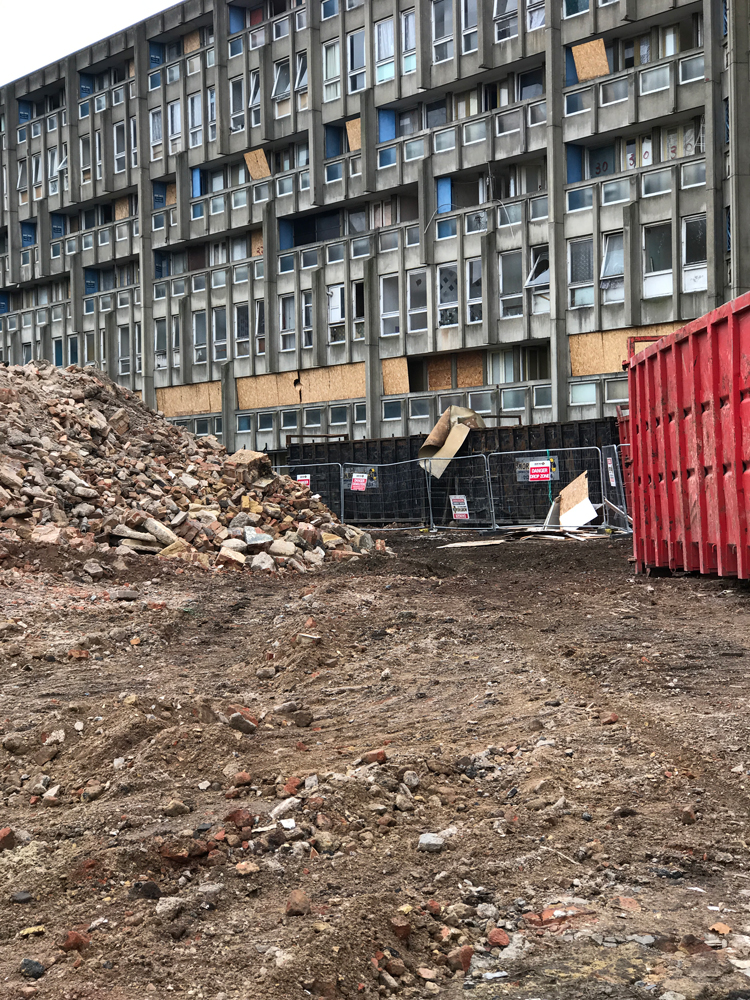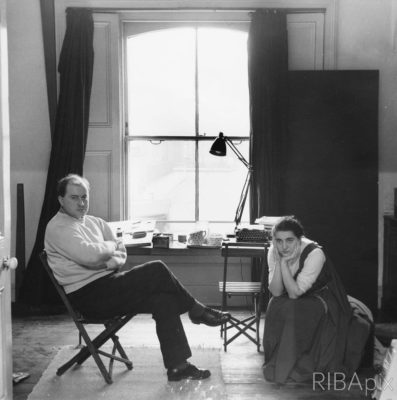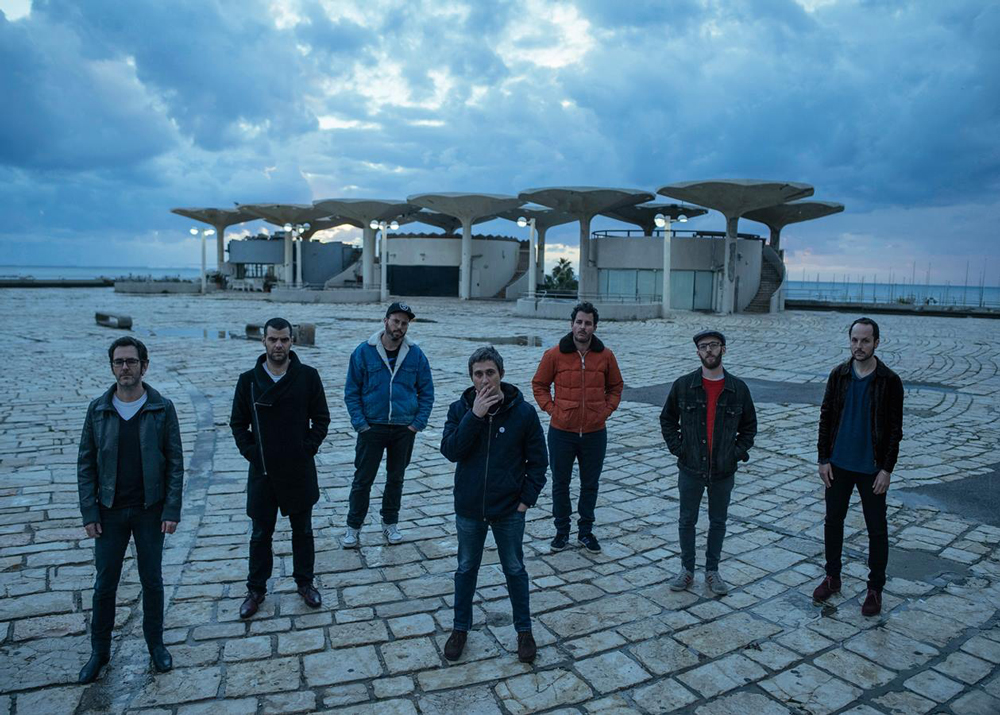Imperfect Beauty: photographing a city’s life-cycle
What happens when you combine an architect, captivated by urban landscape and the needs of the people who inhabit the city, with a talented photographer? You get Chilean Francisco Ibáñez Hantke, photographer and architect, whose work is attracting a larger and larger following. You can see why when we spoke with Francisco.
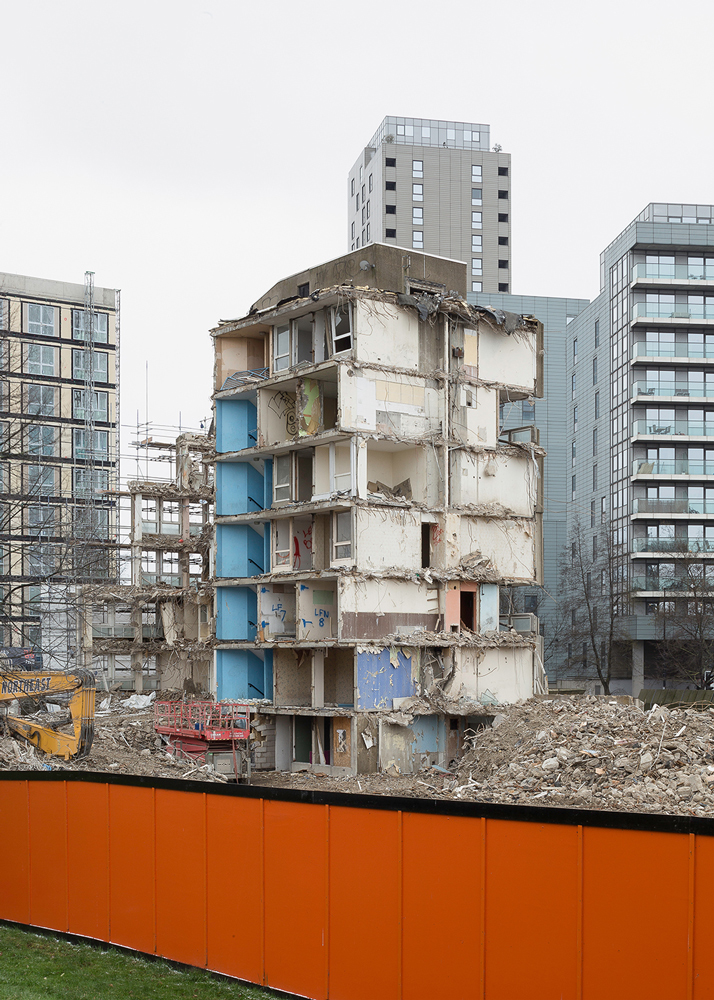
Cotton Street, Robin Hood Gardens during its demolition ©Francisco Ibáñez Hantke
UPDATE! New Show for 2024
Opposite Places, Common Traces
Francisco Ibáñez Hantke
Barbican Library foyer
31st May – 26th June 2024
Opening 1st June 11:30 am
I see cities as a spectacle, closer to an ever-evolving chaotic system than to a perfect, static reality. I try to find beauty in this imperfection within which we all live.
Through photography, I aim to pose questions on the temporal, emotional and formal perception of the city. My work challenges the fixed notion of permanence in the built environment by documenting the processes of urban transformation and focusing on certain elements that can be used as metaphors and triggers for broader discussions. I undertake prolonged photographic investigations. Usually, over months or years, I revisit several times the areas that I have photographed, aiming to achieve a series of images that critically reflect on the challenges and conflicts faced by urban transformations. By combining the images of several areas into series, the isolated events I am documenting become the portrait of cities.
Through my photography, my intention is always to learn more about architecture and urbanism, and how we can improve our built environment and the quality of life of its inhabitants. Photography gives me the perfect excuse to wander around the city, visit several times certain areas, engage with people that live and work there, as well as professionals involved in their transformation. The photos show a less desirable angle of architecture that reveals many layers of complexity, and asks several questions on what is happening, why and how.
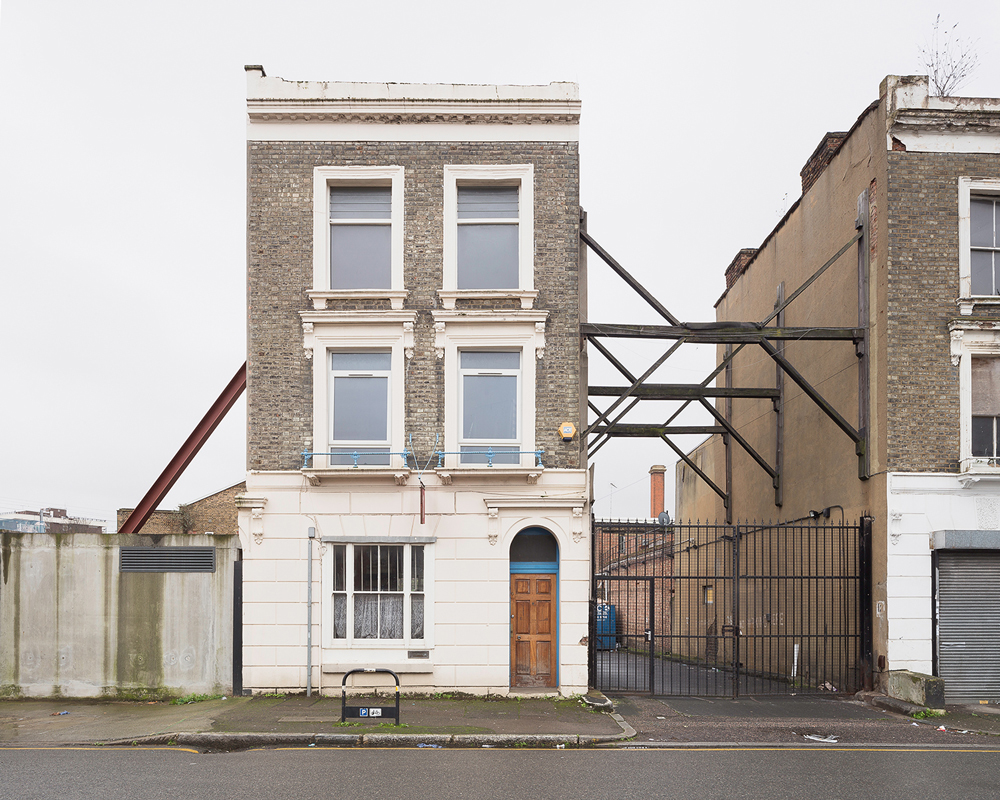
5-13 Goodwin Street N4 ©Francisco Ibáñez Hantke
Tell us about your latest exhibition, what’s it called?
During June, I had my first solo exhibition in the UK, in Velorose Gallery, which was part of the London festival of architecture, where I was exhibiting part of the series Non-Structures. The name of the exhibition was the same as the one from the series. I am pleased with the feedback, the exhibition generated a lot of interest.
The series Non-Structures presents London as a spectacle of constant conflict, negotiation and flux. Capturing key moments in the life of diverse buildings, the images reveal a condition of transience, trapped as these buildings and sites are between the boundaries of architecture and ruin, planning and chance, process and product. The term ‘Non-Structures’alludes to anthropologist Marc Augé’s influential work ’Non-Places’; this boundary condition, defined by an absence of identity, has lent its name to the series and to the exhibition.
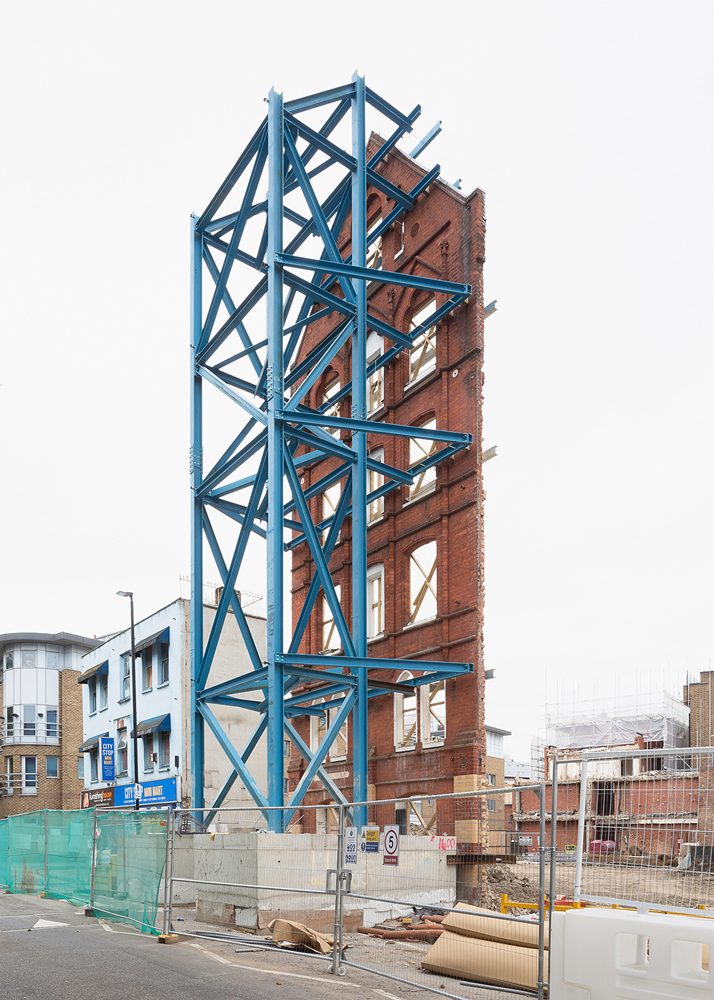
Wentworth Street E.1 ©Francisco Ibáñez Hantke
Using similar parameters of light, composition and scale, these ‘non-structures’appear to be frozen in a specific time and context, as dysfunctional devices that question collectively the processes of change and the impermanence of the city. From the demolition of iconic buildings such as Robin Hood Gardens to various transformations of anonymous buildings in London, my photographs aim to unveil the unexpected and sculptural morphology of these ‘non-structures’, while simultaneously documenting the constant tension that exists with their surroundings.
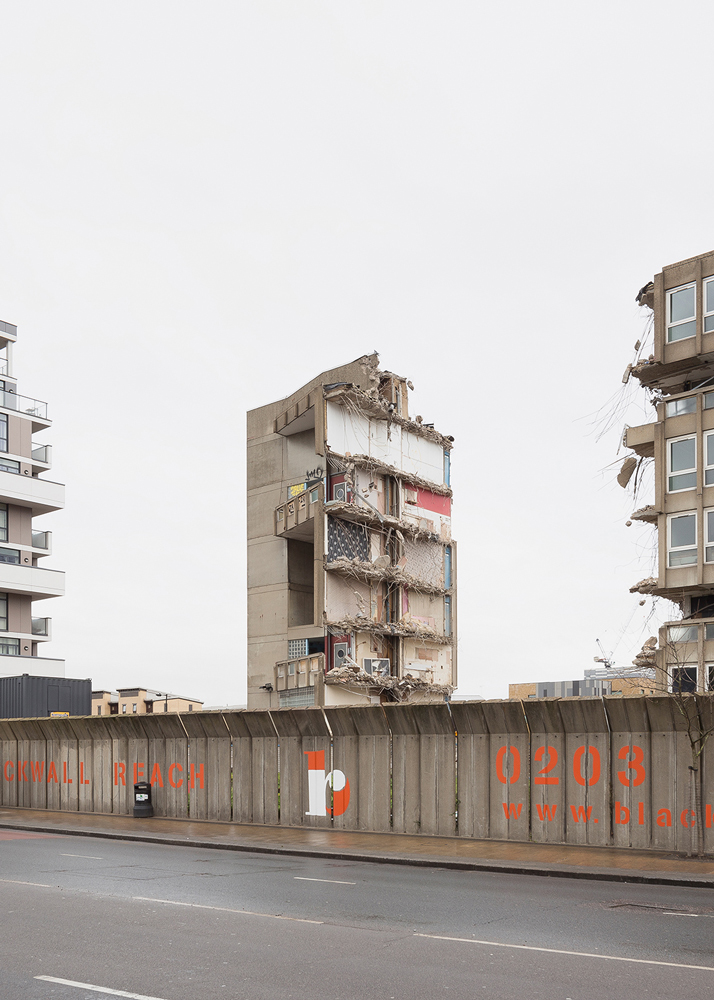
Cotton Street, Robin Hood Gardens ©Francisco Ibáñez Hantke
Put together in a series, these portraits of London Non-Structures become a portrait of the city itself during a certain period of time, in this case between late 2016 and 2019, but the work is ongoing. Each site I photographed, I would do a bit of research online, on planning documents, and on other bibliography, as well as talking to different people involved in the project. This research varies from a few lines of text, to a MSc dissertation in the case of Robin Hood Gardens.
I started this series shortly after I arrived in London, when I decided to undertake photographic research addressing construction and urban regeneration, using both eye and lens to investigate London culture, people, history and its future via the transformation of the city’s buildings. I describe my approach as one of working through the collective memories of a city for which I have no personal memory, and of documenting the archaeological remains of transformed areas to which I have no emotional attachment.
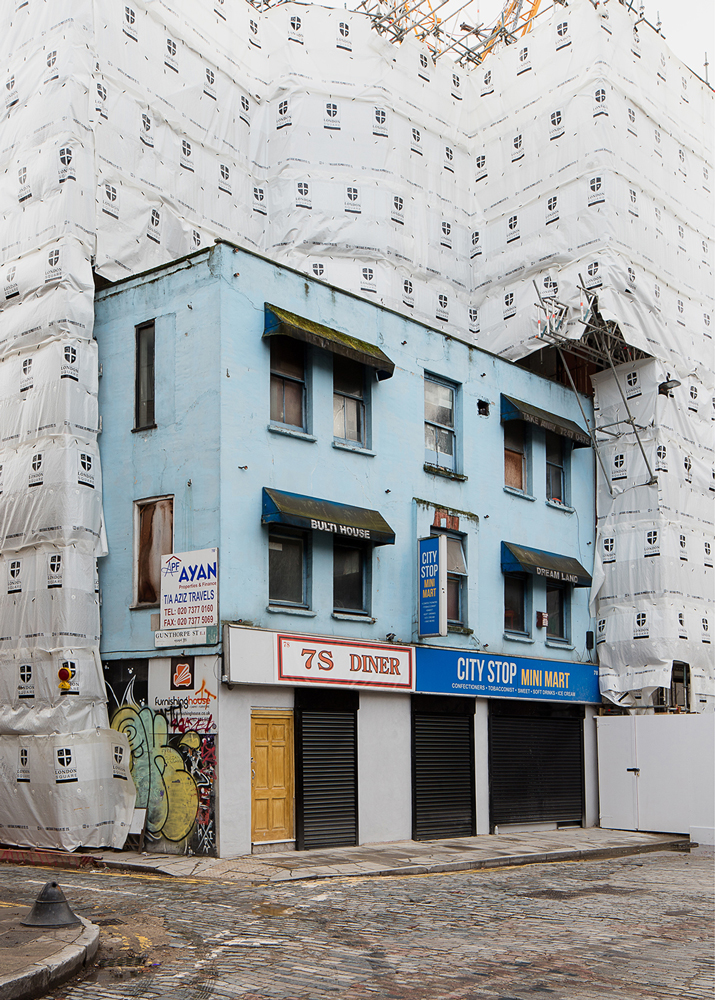
76 Wentworth Street E.1 ©Francisco Ibáñez Hantke
Tell us about your background; where were you born and schooled?
I was born in Santiago, Chile, where I went to school and university. I studied a bachelor’s degree in Business Administration and Economics and after that completed a professional qualification in Architecture, both at the Catholic University of Chile. In parallel, since high school when I got my first chemical film SLR camera, I have always been fascinated by photography, and have used it as a medium for documenting and communicating accompanying me in all the work I’ve done.
How did you become interested in architecture?
My mother and my older sister are both architects. Since I was a small child, I joined my mother working and attending site visits. I always saw architecture as a multidisciplinary and complex career, that groups all my interests and the areas where I think I have some skill.
While studying, I discovered my interest in working at different scales, understanding how a building fits into a complex system that is the city, and then how cities interact with their context, nature. The bigger the scale of projects, the more input and collaboration is required from different disciplines, which I also find fascinating.
The interest for working in an urban scale from a multidisciplinary approach led me to apply for a MSc in urban regeneration at UCL and the Chevening scholarship. Today, under the big umbrella of urban regeneration, I am working as a photographer, architect and project manager. This combination has worked incredibly well for me, as I am tackling one subject from different disciplines, and working with multidisciplinary teams.
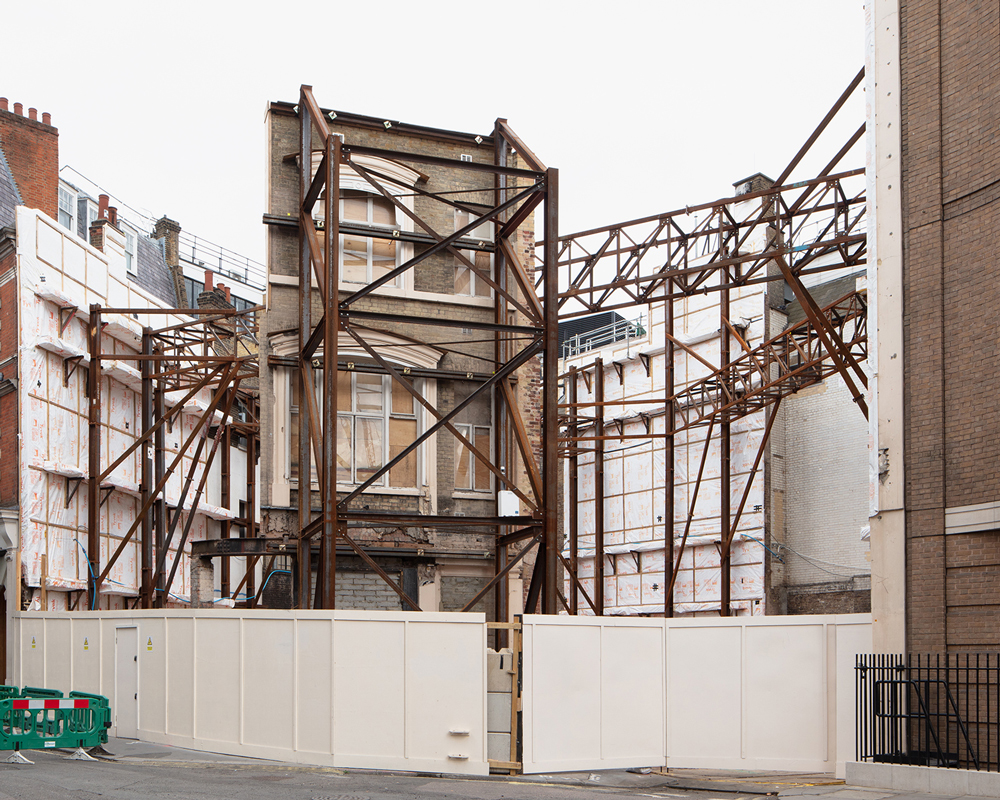
80 Grosvenor Street W.1 ©Francisco Ibáñez Hantke
Do you think the teaching of architecture pays attention or sufficient attention to people who must live and work in the urban environment?
I think generally the teaching of architecture has very often been shifted away from the user’s reality and enclosed in quite an elitist and detached discourse. Of course, architecture is a broad subject and is taught in many different ways, but for example, in my experience where I studied architecture, there was no emphasis on multidisciplinary work, nor on really finding out the opinion and needs of people who live and work in the buildings and cities. Some schools are very easily absorbed in internal debates that are far distant from the language and problems of users, there is a human aspect missing. The view on architecture has however changed in the last few years, integrating more social aspects into the international debate. This can be seen, for example, in how social housing projects have been recognised by influential awards.
Building is an activity based on hope and speculation. Hope can vary from generating profit to living in an inclusive, diverse and safe environment. The trouble is that often different stakeholders hope and speculate about different things, and often interests are conflicting. It is very hard to have a project of urban scale where there is a consensus on what and how it should be done. A professional that works in the development of the built environment needs to interpret in the best way the preferences and hopes of different people to achieve the best possible outcome, aiming to balance the access to opportunities. But this work requires a multidisciplinary approach that listens to the user as much as investors and politicians. I think the teaching of architecture is increasingly pointing in this direction.
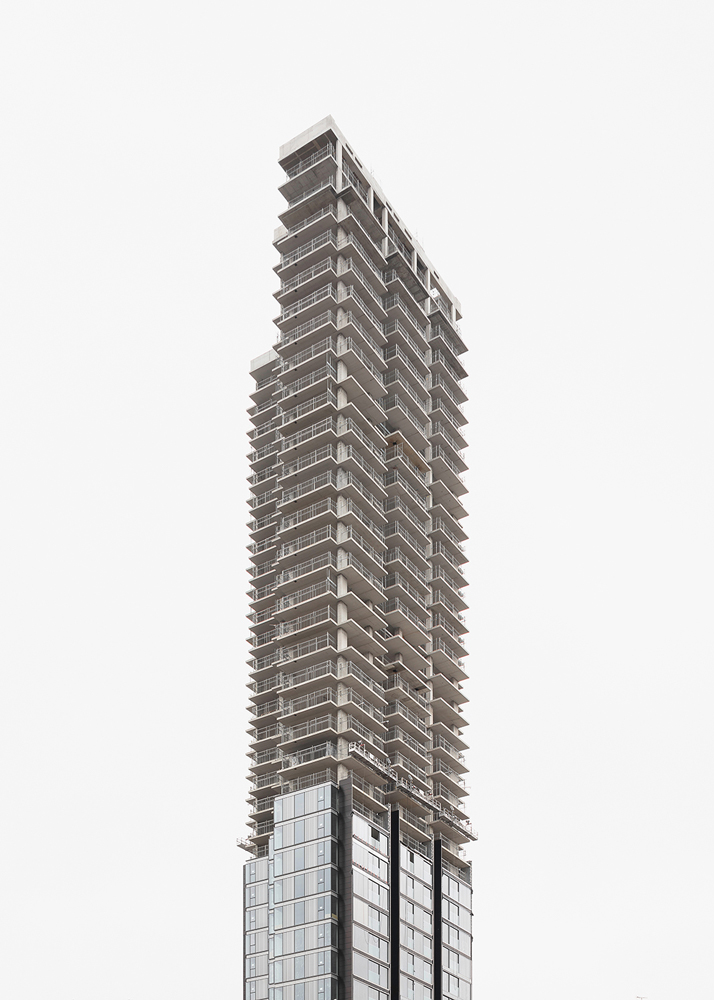
250 City Road EC1 ©Francisco Ibáñez Hantke
What drew you to photography?
Since I was a little kid I was fascinated with drawing and photography. In high school, I got as a gift my first analogue SLR camera, a Pentax k1000, which I still have. Through reading books, and trial and error, I started to control the camera, and started to get the results I wanted. Looking back, I was always drawn into urban and architecture photography. Right after I finished high school, I won national and university photography competitions, and participated in some group exhibitions. When I started studying architecture however, I left photography aside for a few years, and took it up again it in my final architecture years, when I started photographing architecture, first as a hobby and then professionally.
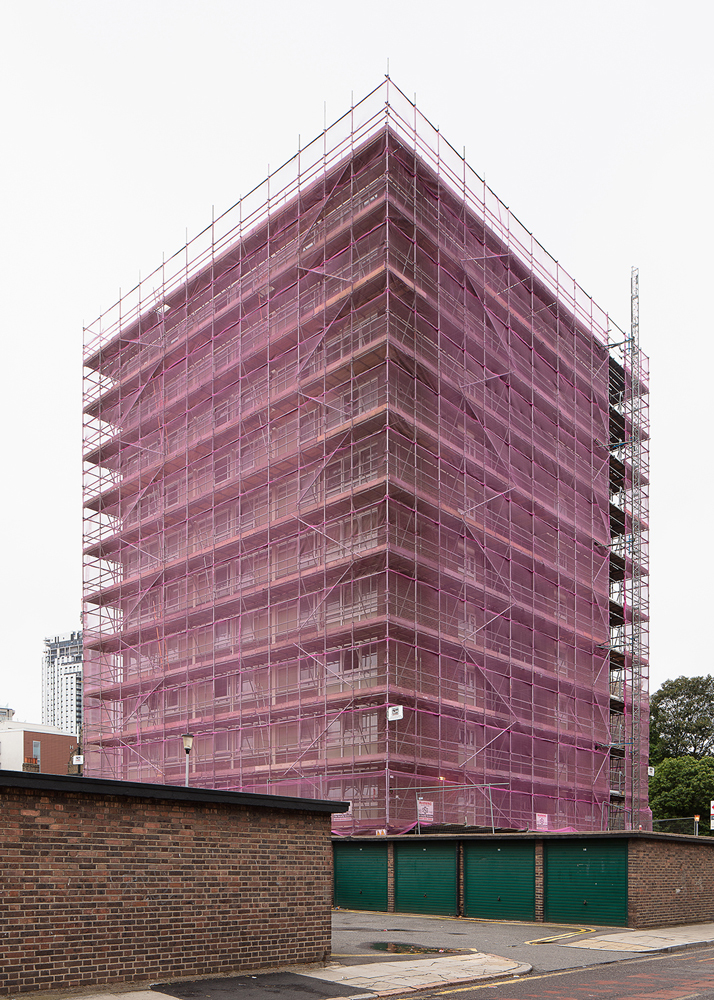
9 Cherbury Street N.1 ©Francisco Ibáñez Hantke
The combination of working as an architect and as an architectural photographer worked well for me. While I was designing on the one hand, I was meeting with architects who explained to me the buildings they designed, and what they found interesting to photograph. I would then spend one or two days having complete access to the buildings, from that I learned a lot.
When I was studying my MSc, I decided to start working more on photographic research projects and less on commissions to photograph newly finished buildings. It made sense to me to photograph other elements of the life cycle of buildings, such as when they are built and when they are approaching the end of their life.. When grouped into a series of photographs, this documentation allows me to have wider discussions of what is happening in a city and why.
What is your next project?
The series Non-Structures is an ongoing project. Next year, I want to publish a book showing the images and a bit of the research behind the photography. I would also like to exhibit this series in more galleries, in London and in the rest of the world, hopefully reaching important photography festivals.
I am also working on other series in London, and I am starting to expand my research to other cities in the world. I have already started to work with Santiago and its particular urban transformations, and I am planning to start working with two cities I am fascinated with; Tokyo and Shanghai.
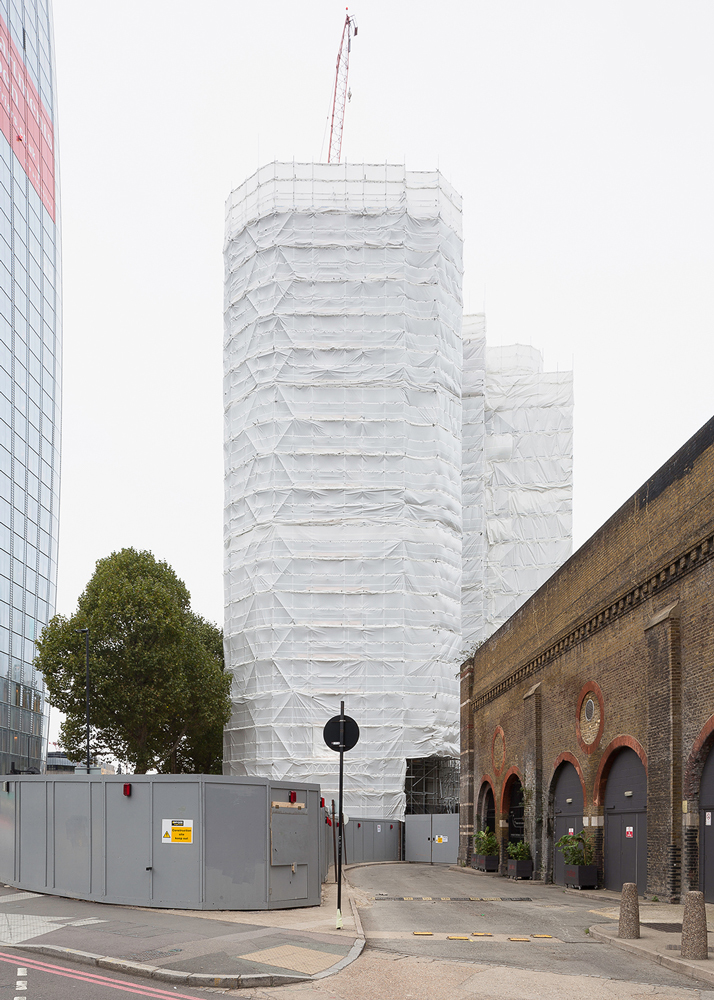
245 Blackfriars Road SE1 ©Francisco Ibáñez Hantke
Where can people see and buy your work?
People can see my work on my website, www estudioibanez.com, where I have the images of different series and of recent exhibitions. In Santiago, people can see my work in Ekho gallery, which is located in the city centre. In the future, my work will be available in the Non-Structures book and potentially others to come.
For sales, in Chile people can contact Ekho gallery, and from the rest of the world they can contact me directly to my email; fibanez@estudioibanez.com. For now, I am funding all my photography research work through the sale of limited-edition prints and through talks.
Name a couple of buildings that you like and why you like them?
One building that I visited recently and really caught my attention is Zollverein coal mine in Essen, Germany. This is a massive ex-coal mine, part of the UNESCO list of World Heritage Sites, which was decommissioned in 1986. Since then it has slowly been cleverly refurbished to accommodate new uses, such as a museum designed by Rem Koolhaas, co-work spaces for start-ups and SME’s, venues for music concerts and exhibitions, leisure and sport facilities, etc. This is the ultimate example of the value of regeneration which retain certain buildings to give them a new life and retain part of the history of an area, and does not have an automatic approach of knocking everything down and starting from scratch.
A museum that I like is the Neues museum in Berlin designed by David Chipperfield. The museum incorporates the ruins of the previous building which was heavily bombed during WWII, and expresses in a beautiful way what is new and what is old. Part of the exterior facade is new, and it relate very well with previously existing buildings.
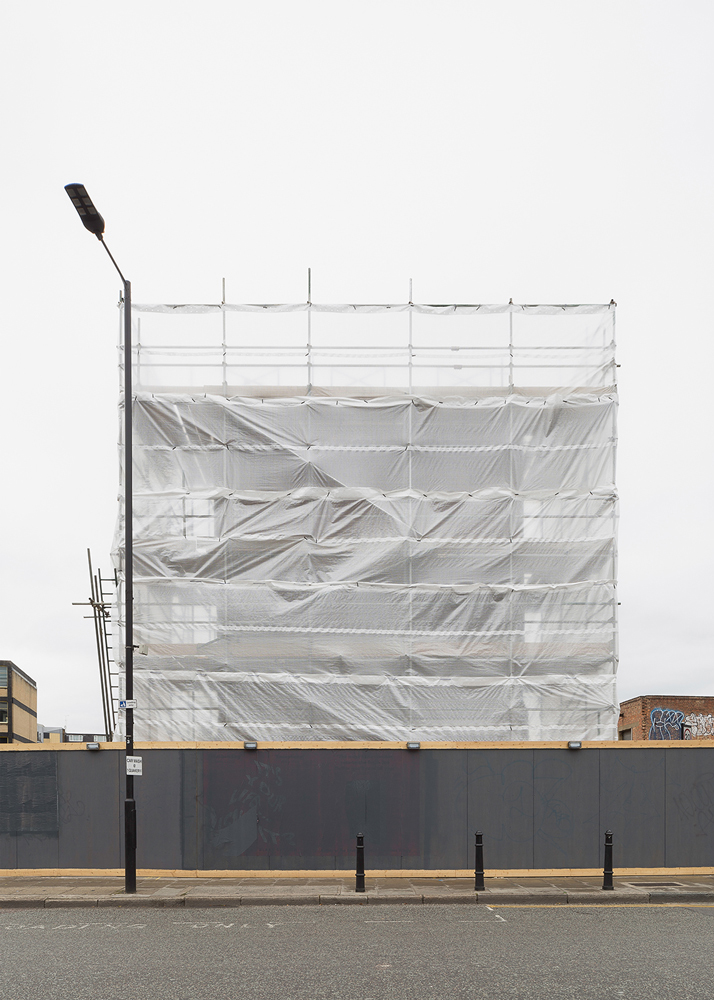
140 Bishopsgate EC2 ©Francisco Ibáñez Hantke
Another museum, a classic, the Pompidou centre, by Richard Roger and Renzo Piano. This building changed the conception of architecture, shifting all the pipes, services and circulation to the exterior. What was ugly and other buildings hid, the Pompidou shows it without shame, and turns it into something beautiful and functional. There is also an incredible documentation of the work of Gordon Matta Clark ‘deconstructing’the buildings that were on the Pompidou site before the new building was erected.
In Chile, I like the Gabriela Mistral cultural centre – not as a building itself but as a regeneration project that helped activating and consolidating a neighbourhood, becoming one of Santiago’s main attractions.
What cities do you know well and what brought you to London?
I have lived most of my life in Santiago, a city that I like a lot, and which is becoming increasingly vibrant and interesting. I also lived in Melbourne for almost a year, as I studied architecture in the University of Melbourne as part of an exchange programme. Other cities that I have visited several times, and where I have family and friends are Barcelona and Buenos Aires, both spectacular cities I will always be revisiting. I came to London by following the best universities and practices in my area. It is a city that was really attractive to me for its multiculturalism and the way it is constantly exporting knowledge and services everywhere in the world.
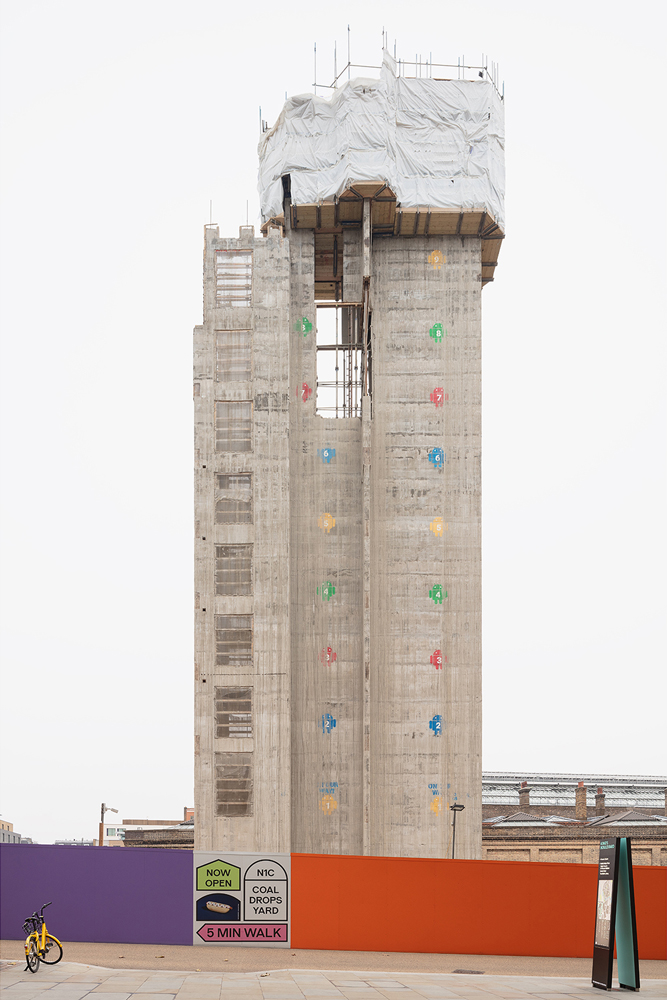
1 Pancras Road Kings Cross N.1 ©Francisco Ibáñez Hantke
What do you think of London and its urban vibe?
London is a multicultural metropolis, with an incredibly rich diversity and culture. It offers a range of different vibes and areas, all with distinctive characters and identities. It is a very stimulating city which encourages a more open and active lifestyle. I see a risk however as the city is getting increasingly expensive, pricing out creatives and the underground scene. This could damage the city in the future, making it evolve into a predictable metropolis, with a calculated and well controlled culture.
What other cities would you like to live in and why?
I would live for a couple of years in Tokyo, as I have always been attracted by Japanese culture and architecture. It would be a fascinating city to continue developing my photography work. In Europe, Amsterdam and Madrid would be my preference, as each one in its own way are innovative cities that offer good opportunities and an excellent quality of life. In America (the continent) I am fascinated with Mexico City, as it is a very vibrant and diverse city, with a very rich cultural scene, and located in the heart of a beautiful country.
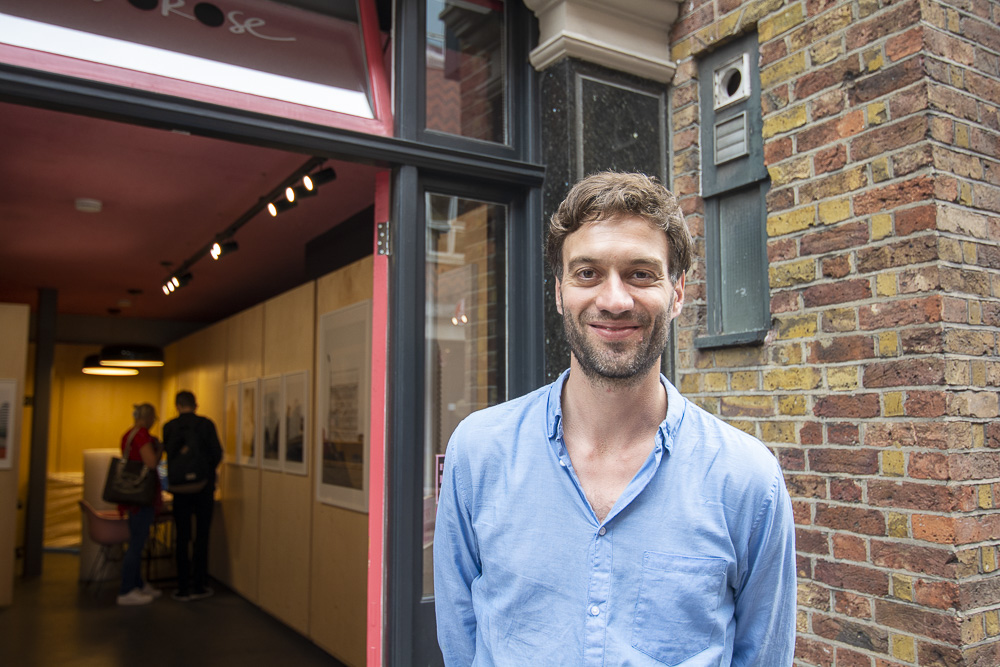
Francisco outside the Velerose Gallery ©GreyScape
Tell us about the cameras you use.
I have worked for a while with Canon cameras, and I am now working with Canon 5ds, with which I am very comfortable. I primarily use tilt shift lenses, 17, 24 and 45mm, although sometimes I work with conventional 35, 50 and 85 mm fixed lenses. I also want to start working with digital medium format cameras, such as the Fuji GXF range, which works very well with canon tilt shift lenses.
What’d your favourite movie?
Two movies I really like, both from Stanley Kubrick, are Clockwork Orange and 2001 Space Odyssey. I saw both when I was in high school, and I was immediately drawn by the aesthetic, the music and the plot of the movies. I still think they are masterpieces.
What music do you like?
I listen to a very wide range of music, from Brazilian tropicália like Chico Buarque, to classic rock like Led Zeppelin from my teenage years. I also listen bands like Arcade Fire, modern classical like Olafur Arnalds, electronic like Apparat, and eternal britpop classics I will always love like Depeche Mode and Pulp.
What’s your favourite place for a coffee in London?
Allpress cafe in Dalston. It is quite close from where I live. The place is very nice to go and to have a chat or to work, and the coffee is delicious.
What’s your favourite food?
Been far away from Chile, I have started to realize how much I miss Chilean dishes, such as bean stew (obviously the one my grandmother made was the best one). I will always be a big fan of Chilean comfort food. Paella and Lasagna are also top in my list.
See more of Francisco’s work on his website at http://www.estudioibanez.com
And follow Francisco’s Instagram https://www.instagram.com/estudioibanez/




